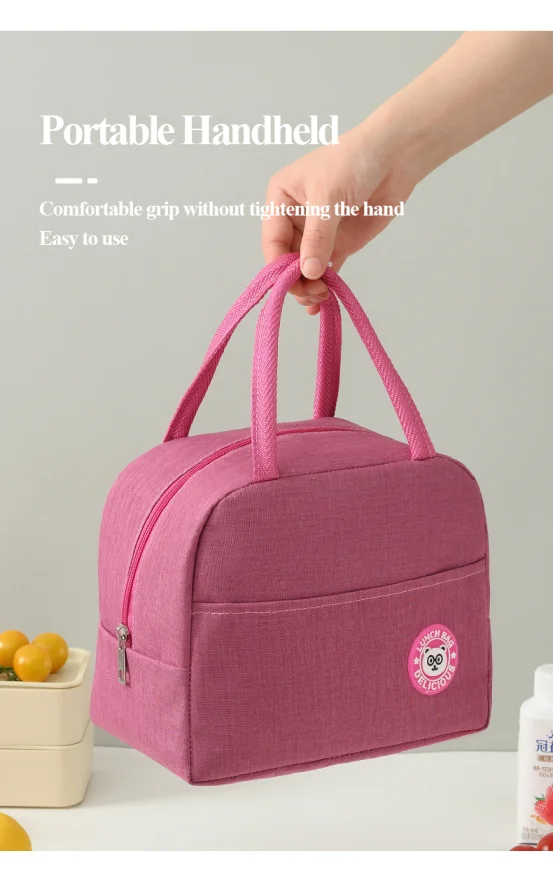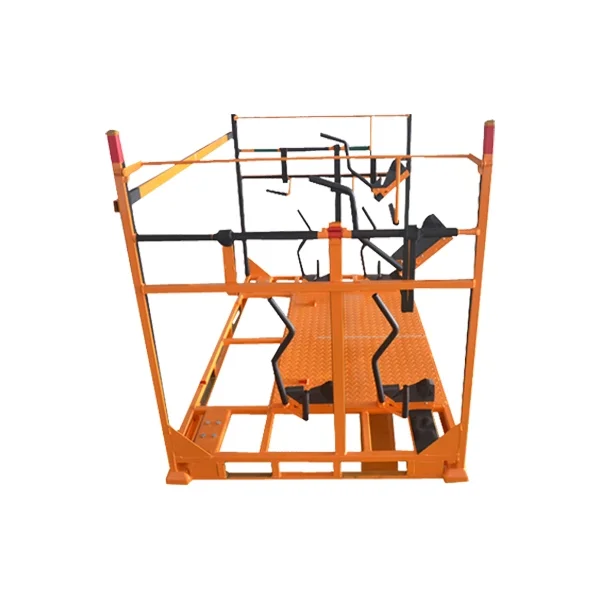Are you tired of feeling drafts seeping through your doors? An aluminum door seal is the game-changer you need. Say goodbye to energy wastage and skyrocketing bills with this simple yet effective solution.
Discover how these sleek and durable seals not only keep out unwanted elements but also enhance the overall insulation of your home or office space. We'll delve into the various types available, cost-effectiveness, and how they contribute to reducing environmental impact. Get ready to revolutionize your living or working space with this practical upgrade that promises both comfort and savings.
Commercial vs Residential Weatherstripping Differences
Purpose Differences
Commercial aluminum door seals are designed for heavy-duty use and high-traffic areas, prioritizing durability to withstand frequent opening and closing. They focus on functionality over aesthetics, aiming to provide long-lasting protection against external elements in demanding environments. On the other hand, residential weatherstripping emphasizes insulation and safeguarding against weather conditions while maintaining an attractive appearance that complements the home's design.
Residential aluminum door seals are intended to enhance energy efficiency by sealing gaps around doors to prevent air leaks, reducing energy consumption for heating and cooling. In contrast, commercial weatherstripping aims at withstanding constant wear and tear from heavy foot traffic without compromising its effectiveness in providing a barrier against outdoor elements.
For example:
-
A commercial aluminum door seal might be used in a warehouse or industrial facility where large vehicles frequently pass through exterior doors.
-
A residential aluminum door seal is more commonly found on front or back doors of homes, ensuring energy efficiency while adding aesthetic value.
Material Variations
Commercial weatherstripping often employs heavy-duty options such as reinforced rubber or silicone; these materials offer superior resistance to abrasion and tearing caused by continuous usage. Conversely, residential weatherstripping commonly utilizes softer materials like foam or vinyl that provide excellent insulation properties while being visually appealing.
The choice of material reflects the different priorities between the two settings: durability takes precedence in commercial applications whereas comfort and visual appeal are emphasized in residential contexts.
Listed below are some examples of material variations:
-
Commercial: Reinforced rubber or silicone for enduring heavy usage.
-
Residential: Soft foam or vinyl for enhanced insulation properties along with visual appeal.
Installation Tips for Effective Door Seals
Proper Measurement and Alignment
When installing an aluminum door seal, precise measurement and alignment are crucial. Ensure that the seal fits the dimensions of the door frame accurately to create a tight seal. Any gaps or misalignment can compromise its effectiveness in preventing air and water infiltration. Use a measuring tape to measure the length needed, then cut the aluminum door seal accordingly.
It's important to align the seal evenly along the edges of the door to ensure uniform coverage. This will help in creating a consistent barrier against drafts and moisture intrusion. A well-aligned aluminum door seal not only enhances energy efficiency but also contributes to overall comfort by keeping out external elements.
Appropriate Tools and Adhesives
Using appropriate tools and adhesives is essential for securely attaching aluminum door seals onto doors. Make sure you have a hacksaw or utility knife for cutting, as well as a screwdriver if your installation requires screws. Consider using strong adhesive tapes or suitable glue recommended for metal surfaces.
The right tools facilitate efficient installation while ensuring that the seal remains firmly in place over time. For example, using high-quality adhesive ensures that the aluminum door seal stays intact even with frequent use of the door, providing long-term protection against drafts and water leaks.
Regular Inspection for Long-Term Effectiveness
After installing an aluminum door seal, regular inspection is necessary to maintain its long-term effectiveness in preventing air and water infiltration into your space. Check for wear, tear, or any signs of damage on a periodic basis—this includes looking out for peeling edges or loose attachment points.
Regular inspection allows you to address any issues promptly before they worsen, thereby prolonging the lifespan of your aluminum door seals. By doing so, you can ensure that your doors remain properly sealed at all times without compromising their functionality.
Maintenance and Durability of Aluminum Seals
Regular Cleaning and Inspection
To maintain the durability and performance of aluminum door seals, regular cleaning and inspection are essential. Dirt, dust, and debris can accumulate on the seals over time, affecting their ability to provide a tight seal. By routinely cleaning the seals with a mild detergent and inspecting them for any signs of wear or damage, you can ensure that they continue to function effectively. For instance, if there are visible gaps or tears in the seal, it's crucial to address these issues promptly to prevent air leaks.
Proper maintenance also involves checking for any corrosion on the aluminum seals. Corrosion can weaken the metal over time, compromising its ability to effectively seal out air or water. By catching corrosion early through regular inspections, you can take steps to mitigate its impact before it becomes a more significant issue.
Lubrication for Prolonged Lifespan
Lubricating the moving parts of aluminum door seals is another key aspect of maintenance that contributes to their longevity and ensures smooth operation. Applying a silicone-based lubricant to hinges, tracks, and other movable components helps reduce friction and wear caused by repeated opening and closing of doors. This not only prolongs the lifespan of the seals but also prevents them from becoming stiff or noisy during use.
When lubricating aluminum door seals, it's important to use products specifically designed for this purpose as some lubricants may attract dirt or debris which could lead to premature wear. Additionally,** avoiding petroleum-based lubricants** is crucial as they may cause damage to certain types of rubber used in door gaskets.
Maximizing Longevity through Understanding Maintenance Requirements
Understanding the specific maintenance requirements tailored for aluminum door seals is crucial in maximizing their longevity. Different environments might demand different levels of care; for example,** areas prone to high humidity might require more frequent cleaning due to potential mold growth** while locations with extreme temperatures might necessitate additional protection against temperature-related expansion/contraction effects on aluminum materials.
Beysent
info@beysent.com

